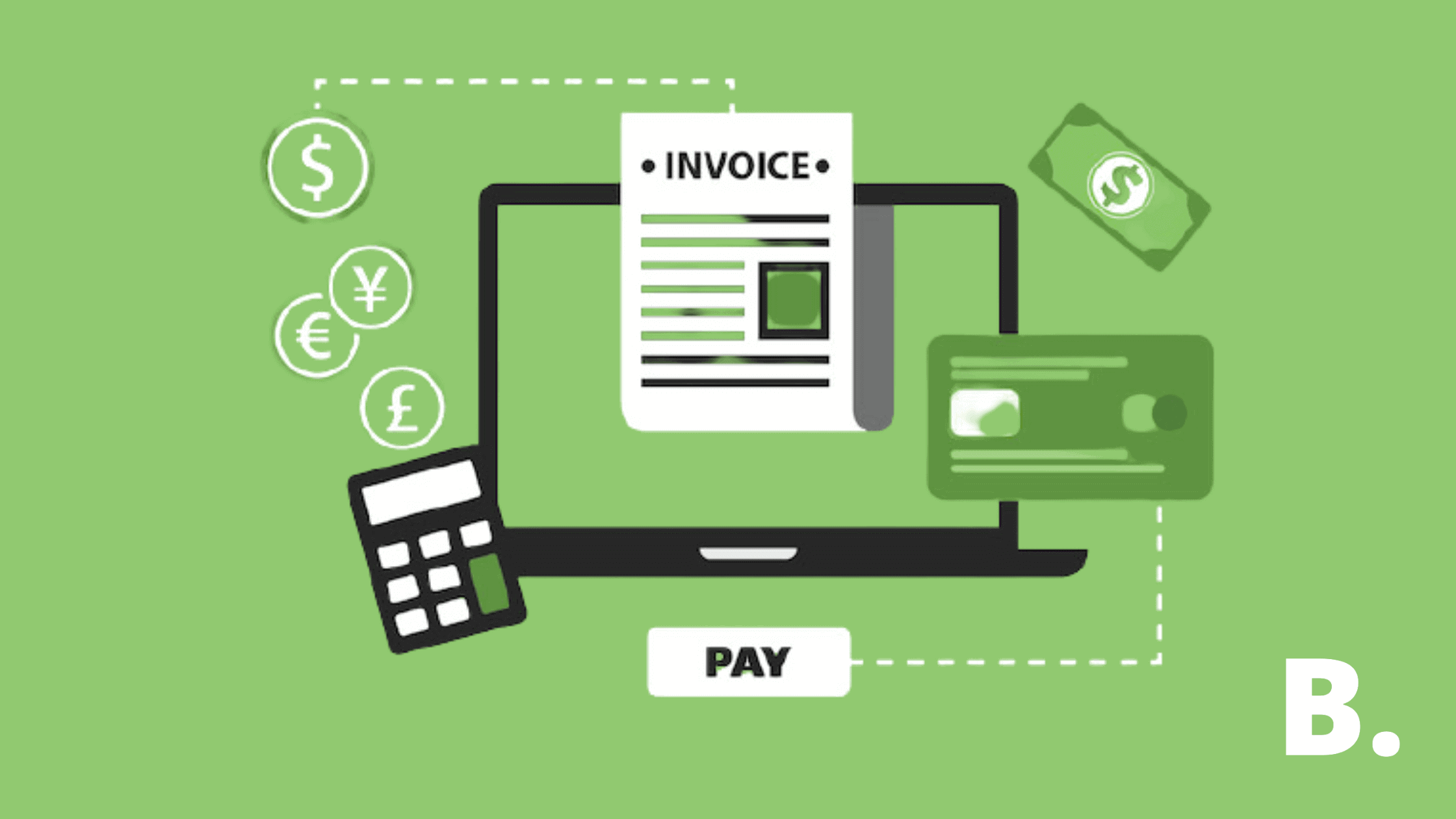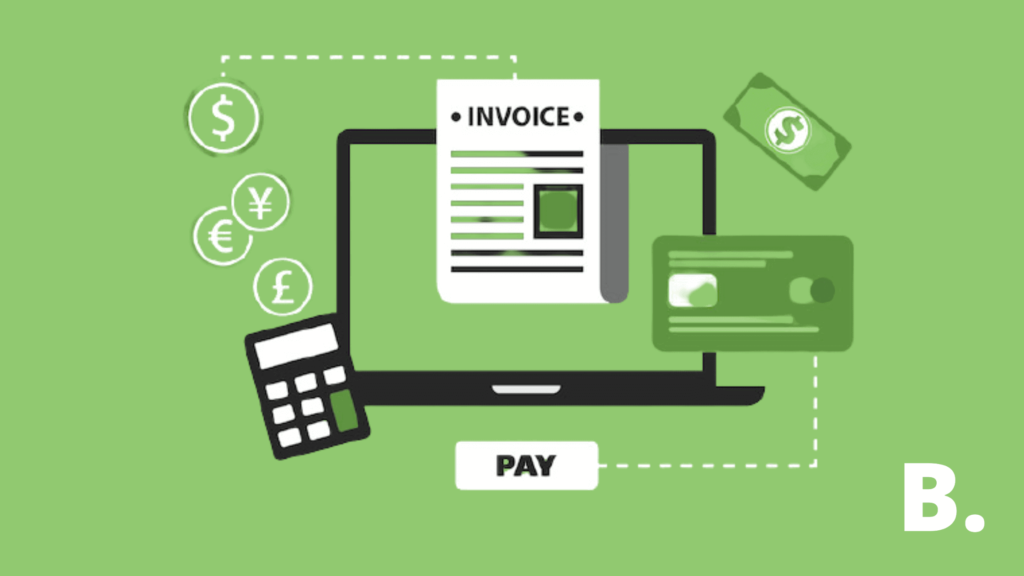
When it comes to collecting payments, you have a few options. You can accept by cash, check, or credit card. But you can also choose to receive payments direct debit or invoice. So which is the best option for your business?
Direct debit is when customers authorise a company to deduct money from your bank account on a regular basis. This can be weekly, monthly, or even quarterly. Invoice payments, on the other hand, are when you receive a bill and then make a one-time payment for the total amount due.
There are pros and cons to both methods of payment. In this article, we’ll take a look at what those mean for your business and how to choose the best option for you.
What is Direct Debit?
Direct Debit is a payment method that allows you to have your payments taken directly from your bank account. This can be used for recurring payments, such as bills or subscriptions.
Businesses will typically use a direct debit company to facilitate a safe and seamless payment gateway that ensures a timely collection of money on a consistent date.
You can cancel a Direct Debit at any time by contacting your bank or the payee. It is important to make sure that you have enough money in your account to cover the payments that will be taken. If there are insufficient
What are Invoicing Payments?
Invoicing payments refers to the process of billing a customer for goods or services rendered. This can be done manually, through an automated system, or via a third-party service. The most important part of invoicing payments is ensuring that the customer receives an accurate bill that corresponds to the work that was completed.
There are many different types of invoices, but the most common are service invoices and product invoices. Service invoices detail the services that were provided, along with the associated costs. Product invoices itemize the products that were sold, along with their prices.
Invoicing payments can be a complex process, depending on the size and scope of the project. For smaller projects, manual invoicing may be sufficient. However, for larger projects, or for businesses that process a high volume of invoices, an automated system or third-party service is likely to be necessary.
There are a number of different software programs and services available to help with invoicing payments. These can vary in terms of features and price, so it is important to compare options before choosing one.
Invoicing payments is an important part of doing business, and it is crucial to ensure that the process is as efficient and accurate as possible. Using the right software or service can make a big difference in terms of time and money saved.
Your Payment Options
There are two main types of business payments – direct debit and invoice payments. Both have their own pros and cons that businesses need to understand in order to make the best decision for their company.
Direct Debit Pros:
-Allows businesses to automatically collect payments from customers on a set schedule
-Can help businesses save time and money on billing and collections
-Helps businesses maintain a consistent cash flow
Cons:
-May require more up-front work to set up
-Customers may be less likely to cancel or dispute charges if they’re being made automatically
Invoice Payments Pros:
-Customers have more control over when and how much they pay
-May be easier to set up than direct debit
-Can help businesses save on transaction fees
Cons:
-May require more follow-up work to ensure payments are made on time
-Customers may be more likely to dispute charges if they’re not made automatically
At the end of the day, the best payment method for your business will depend on your specific needs and preferences. Weigh the pros and cons of each before making a decision.












